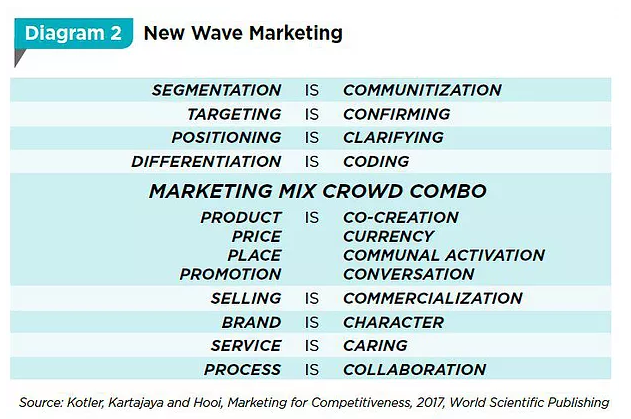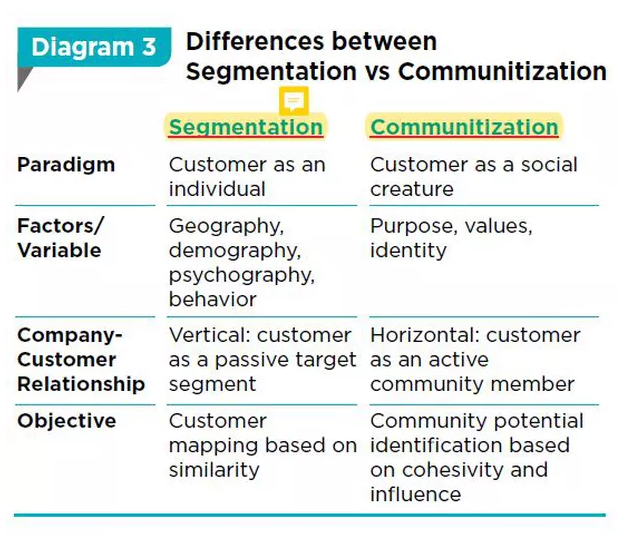Branding in the Age of Digitalisation
One can never be a market leader unless in the first place, your customers knows your brand – who you are, what value you offer, loves your value offer and share this with their community.
One can never be a market leader unless in the first place, your customers knows your brand – who you are, what value you offer, loves your value offer and share this with their community. Significant benefits accrue for a strong brand, and as stated by David Aaker under his brand equity framework, these include – brand awareness; brand loyalty; perceived quality; brand associations and other proprietary brand assets.
Hence, branding is important for all organisations, whatever their nature and the industry they are in, and whether they are profit or non-profit, public or private, startup or established, big or small.
Branding efforts are significantly impacted by digitalisation, which provides a powerful connectivity platform that affects all businesses, positively and negatively. While we previously used the 4C model, to analyse the outlook of the business landscape, we now have to include a fifth C, “Connector” (Diagram 1).

Branding cannot be undertaken in isolation. It is part of a comprehensive strategy which under the conventional wisdom would include Segmentation, Targeting, Positioning; Differentiation, Marketing Mix (Product, Price, Place and Promotion), Selling; and Brand, Service and Process. The impact of digitalisation has necessitated the transformation of the traditional marketing approach to a New Wave Marketing 12Cs approach (Diagram 2).

In today’s New Wave era, instead of traditional segmentation, what companies need is communitization (diagram 3) – seeing consumers as a group of people who care for one another, have common purposes, and shared values and identity. Communities can be formed by the company (by design) or as a result of customers’ own initiatives (by default). What is important for marketers is to ensure and formulate a branding plan to make customers an active part of the company's branding strategy, and not just a passive entity at the receiving end of their advertising or other promotion activities.

In a world that is becoming increasingly horizontal, your brand needs to be confirmed by the community and, three factors need to be taken into account - relevance, level of activity, and the number of community networks. Relevance would refer to the similarity of purposes, values, and identity (PVI) between a community and a brand. Activity level would determine how actively community members engage with each other. The number of community networks (NCN) refers to the reach of a community, meaning the number of networks owned by a community or those with a potential to engage with the community.
In today’s New Wave era – traditional brand positioning, as we have known it, is no longer entirely relevant. That is because the act of a company-driven positioning is one way, dominated by the company and not in accordance with “digitalised” customers who want a more horizontal, and parallel relationship. What they want is greater clarification and this can be created through customer oriented content, multiple-dimensional messages and multiple-way communications.
To further strengthen its brand, a company should also cultivate an authentic uniqueness – one that cannot be easily copied by its competitors. To acquire authentic uniqueness, a company should extend the brand internalisation of its DNA beyond just its marketing department. The Brand DNA constitutes the unique components of a brand, which should be a common language for all employees of the company, not only those on the frontline who deal directly with customers.In fact, brand DNA should animate all the important processes in the company, ranging from leadership,recruitment, performance appraisal, and culture building(Barlow & Stewart, 2004).
In the age of digitalisation, the elements of the marketing mix (Product, Price, Place and Promotion) which are part and parcel of any brand, have also evolved: from product to co creation, price to currency, place to communal activation, and promotion to conversation.
To more effectively sell the brand, utilisation of social networks in the sales process is becoming increasingly important. It is a network of social interactions among people who are in some form of a relationship with each other – families, relatives, friends, acquaintances, clients, etc. (Christakis & Fowler, 2011). The organisation has also to go beyond customer service to care and the differences between service and care is illustrated in diagram 4.

To deliver that level of care that enhances an organisation's brand, it needs efficient and effective processes – from procurement of raw materials, production processes, to delivery of products or services to the users. Such processess can be further strengthened by close and cohesive collaboration with its value chain partners – upstream and downstream and collaboration can take place at three levels: Level 1 is collaborative transaction management, Level 2 is collaborative event, and Level 3 is collaborative process management.
Finally, given the impact of digitalisation, a sustainable brand strategy will involve building its brand charisma that includes the elements of physicality, intellectuality, emotionality, sociability, personability and moral-ability.







